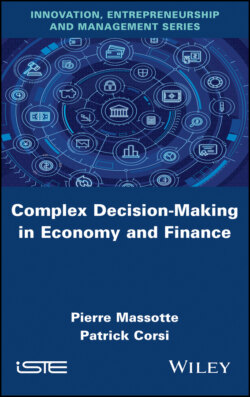Читать книгу Complex Decision-Making in Economy and Finance - Pierre Massotte - Страница 56
2.2. The implementation conditions for self-organization
ОглавлениеTo study the self-organization mechanism, we consider systems whose purpose is not known a priori. More specifically, the notion of chance is integrated into the system, and disruption is part of the system’s constraints. The basic principle is that agents, or elements of the system, do not self-organize to ensure that a particular result is achieved, but only to adapt to external disturbances and to facilitate the achievement of an overall objective at the system-wide level. The elements that make up the system pursue an individual, not a global, objective. Cooperation between these elements provides an overall result that can be judged by an observer outside the system who knows the reasons why the system was designed. These lead to the development of robust, adaptive and tolerant systems.
Before analyzing the properties related to self-organization, it is necessary to recall notions related to its usefulness:
– self-organization is a necessary skill in applications where you want to have high responsiveness, high fault tolerance (e.g. computer or machine failure), consideration of a disruption or stimulus or when the system is very complex;
– the objective of self-organization is to allow the dynamic evolution of an existing system, depending on the context, in order to ensure its viability. It allows the entities composing the system to adapt to their environment either by specializing functions (learning) or by modifying the topology of the group and the corresponding interactions. This gives rise to a new organizational model.
